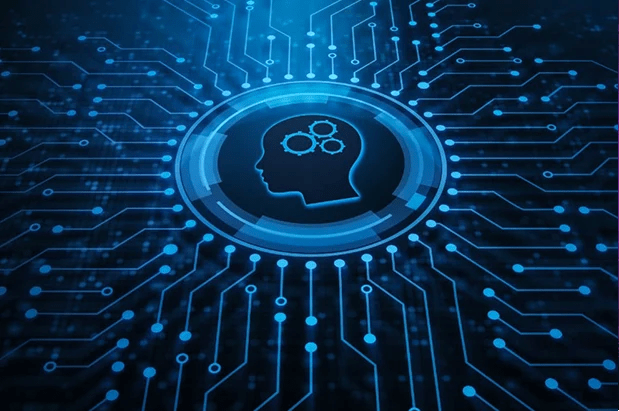Over the years, AI has helped businesses across the world revolutionise operations; according to a report, 83% of organisations today believe that AI is a strategic priority and will enable them to venture into new businesses as well as sustain a competitive advantage. From speech recognition to problem-solving, image recognition to cognition – AI has achieved this and more. PwC suggests that AI could add as much as $15.7 trillion to the global economy by 2030. However, AI’s lack of computing power and its capability to run only on a specific algorithm makes it incapable of meeting the future needs of businesses.
Because of this, Artificial General Intelligence has come into being that deals with the creation of intelligent systems – systems that possess intelligence just like humans.
What is Artificial General Intelligence?
Artificial General Intelligence aims to create machines capable of general intelligent action. By learning from the architecture of the human brain, it aims to create machines with human-like intelligence. Basically, AGI is the integration of artificial neural networks and machine-learning modules using the brain’s wiring as a reference. By modeling the human brain, Artificial General Intelligence might just exceed human intelligence in the near future and will make it comparatively easy to communicate with machines designed to think and function like humans.
Why the Hype?
When AI was first introduced, it was supposed to function like humans, with the ability to sense, reason, learn, share and communicate. However, all it managed to do was perform a set of tasks it was taught to perform. The hype around Artificial General Intelligence is immense because of its capability to perform like humans using human elements:
- Intuition: Do you know why machine learning requires large amounts of data to uncover insights? Because it lacks intuition like the human brain that can use intuitive skills to process data. Artificial General Intelligence solves the intuition challenge and functions as efficiently as the human brain, without needing large amounts of data. That’s how AplhaZero, a computer program developed by AI research company DeepMind, achieved a superhuman level of play in games such as Go, chess, and Shogi.
- Unsupervised learning: Most current AI algorithms perform tasks based on the data that is fed into them. That isn’t how humans work. Artificial General Intelligence is said to function like a baby: it is capable of performing tasks not based on a specific algorithm but through unsupervised learning.
- Creativity: Have you ever heard a computer tell a joke? Machines have never meant to be creative or funny. But Artificial General Intelligence is creative, can produce new ideas, work autonomously, make complex decisions and react to completely new and unforeseen situations. It also has the capability to communicate with humans in natural language.
How is it different from AI?
Artificial General Intelligence is an emerging field of AI aimed at building thinking machines; machines that possess intelligence comparable to that of the human mind. Although this was the original goal of AI, AI could only perform tasks as requested and did not use intuition to process or analyse data. Usable AI that has been developed up to now is essentially for solving specific areas or addressing a particular problem.
- AI systems are only capable of carrying out specific tasks
- Its thinking is limited, and specific to a domain
- Its accuracy depends on the availability of huge data sets
- Its intelligence depends on the algorithm it is made to work for
In contrast, Artificial General Intelligence is capable to accomplish a breadth of cognitive tasks. Rather than just solving a number of problems using experience,
- Artificial General Intelligence is similar to human intelligence that can a variety of problems – even those it was not tuned for.
- It has the ability to think generally and take decisions irrespective of any previous training
- It does not have to be programmed to perform a new task
- It has the ability to learn by itself and adapt to changing circumstances
How can it help businesses better?
The ability of Artificial General Intelligence to learn from experience, deal with ambiguity and recover from errors resiliently and autonomously make it ideal for today’s highly dynamic business environment. Artificial General Intelligence can be used for a variety of tasks: from analysing charts to rapidly scale production, diagnosing illness to increasing workplace safety, performing routine tasks to fixing security issues, personalising customer experience to monitoring compliance – businesses of all types can hugely benefit from Artificial General Intelligence. If you’re looking to take your business to a whole new level using Artificial General Intelligence, you need to carefully understand the concept, see how you can use it to improve your business outcomes, and carefully implement it to achieve business excellence.




